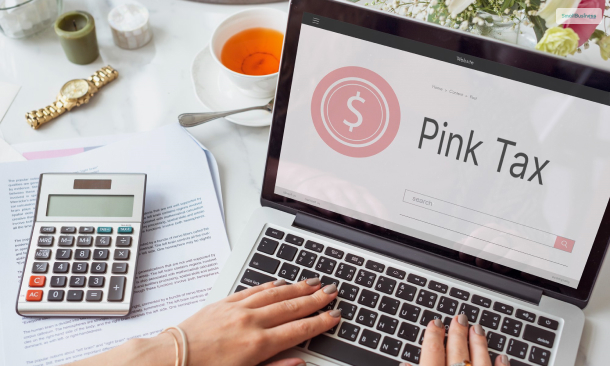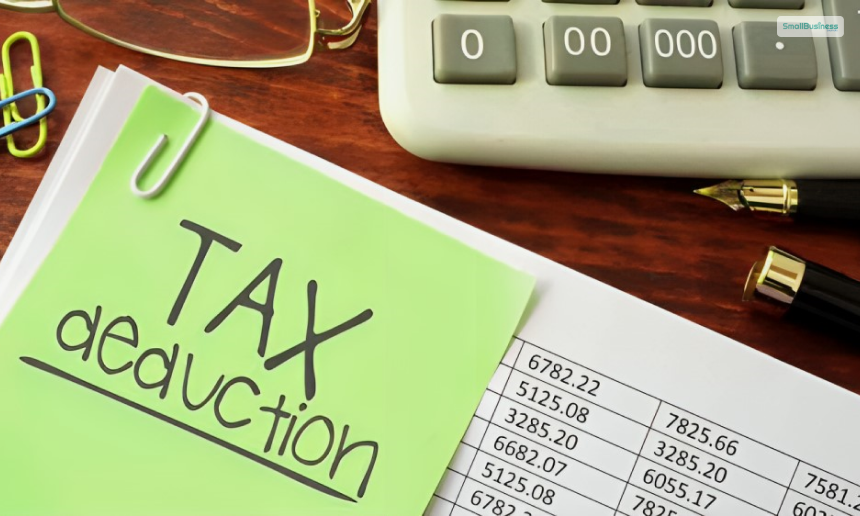What is the pink tax? – An example of the pink tax is a situation where you see that a product meant for women is priced higher than the one that is for men despite being similar and coming from the same brand. The higher price for women’s products is due to the working of this tax. If you want to know about pink tax in a more comprehensive manner, read on through to the end of the article.
In this article, you will learn some of the general details of the pink tax. Then, you will also learn about various attempts at the regulation of this tax. Furthermore, we shall take a look at some of the major examples of this tax along with statistics. You will also learn about the major cases where the pink tax plays a big part. Finally, you will learn about the impact of the pink tax on the pricing of products and services.
What Is Pink Tax?

The pink tax is referred to the increased price of goods and services that are marketed toward women. For similar or identical products and services targeted toward men, the prices are comparatively lower.
According to Investopedia,
“The issue got a lot of attention when New York City’s Department of Consumer Affairs found many instances of gendered pricing when it examined 794 products sold in the city for consumers of all ages. However, researchers have been noticing and analyzing this phenomenon since at least the 1990s.”
You need to understand here that the pink tax is not an actual tax. However, many products that are generally for women have higher import tariffs than the ones similar to those of men. The pink tax is there on several products and services that are for women.
Pink Tax Examples
You can find some of the major examples of pink tax in action in various products marketed for women. These include apparel products, grooming services like a haircut, jewelry, cosmetics, makeup products, and many more.
According to an article on Microsoft.com,
“On average, women pay 13% more for personal care items than men, according to a 2015 study by the New York City Department of Consumer Affairs. This includes products such as shampoo, conditioner, deodorant, and razors.”
Yes, even razors. A pack of disposable razors marketed towards women costs more than a pack of blue/black disposable razors marketed for men. The only difference between these two types of razors is color. Furthermore, refills of men’s razors cost 11% less than women’s razors, again the difference being pricing.
Tampon Tax: A Place Where The Pink Tax Plays A Major Part

The presence of the pink tax on tampons, which is an essential item for ensuring women’s hygiene, negatively affects women’s health on a daily basis. There are various state governments that categorize certain hygiene products meant for menstrual health as luxury items. Therefore, as a result, it gets harder for many women to afford these products to maintain their health.
However, with changing times, many states have made moves to change sales tax laws that negatively affect feminine hygiene products. Basically, states do not impose extra taxes on tampons. However, some of the states have exempted groceries and medical items from sales taxes, but still taxes for menstrual products, despite knowing their importance for women’s health.
According to US News,
“On the federal side, the 2020 Coronavirus Aid, Relief, and Economic Security Act changed the rules for flexible spending and health savings accounts, making menstrual products eligible for tax-free withdrawals like other medical expenses.”
Apart from tampons, there are a variety of financial products and services that are of higher cost than those of men. Since, in most cases, women require more expensive long-term care than men and submit claims for disability insurance, they have to pay higher premiums.
Furthermore, since women have a higher lifespan than men, they are expected to pay more life annuities. However, women get insurance benefits due to their longer life expectancies, as they pay lower premiums than men.
What Are The Impacts Of The Pink Tax On Pricing?

According to an article on BankRate.com,
“A 2018 USITC study found that the average applied U.S. tariff on women’s apparel was 15 percent, compared to the 12 percent tariff applied to men’s clothing. The study showed 66 percent of tariffs placed on apparel affected women’s apparel, specifically, and it estimated that women’s apparel faces $2.77 billion more in tariffs than men’s.”
Not just the decisions of manufacturers and retailers, the decisions and impositions of the federal government also impact and influence the prices of women’s items. The tariffs and impositions can vary as well, depending on the type of product. However, the tariff imposed by the federal government is relatively low, as per the considerations of USITC.
What To Do If You Face Price Discrimination?
Different states of the US have different methods of dealing with gendered price discrimination. For example, if you live in New York City, Miami-Dade County, or California, you can report gendered price discrimination to the local government.
However, if you face price discrimination in New York State, you will have to report the case to the Division of Consumer Protection or to the Attorney general of the State. In Miami-Dade County, you can complain through email, mail, or fax. You can also call the Mediation Center at 7864692333. Furthermore, in California, you can also complain to the Attorney General.
Wrapping Up
You can see from the article that the pink tax is not an official or actual tax, except in cases where import tariffs are in place on women’s apparel. However, despite that, there are many products for women in the market, which end up with a higher cost as the ones compared to identical products meant for men.
There are many more shreds of evidence of gendered price discrimination that exist with the working of the pink tax. Have you seen situations of gendered pricing? Share your experiences and opinions on the matter in the comments section below.
Continue Reading:




Leave A Comment